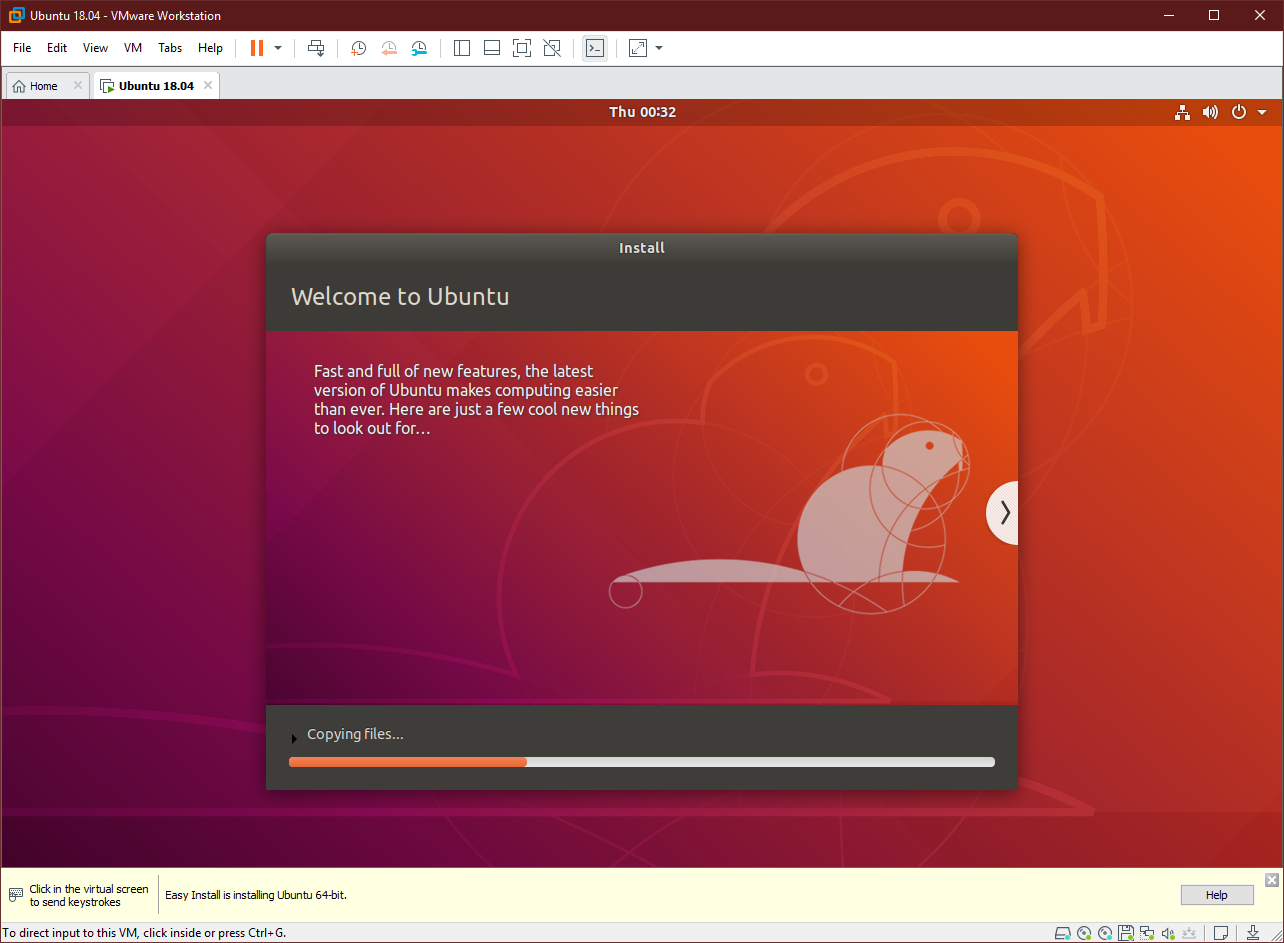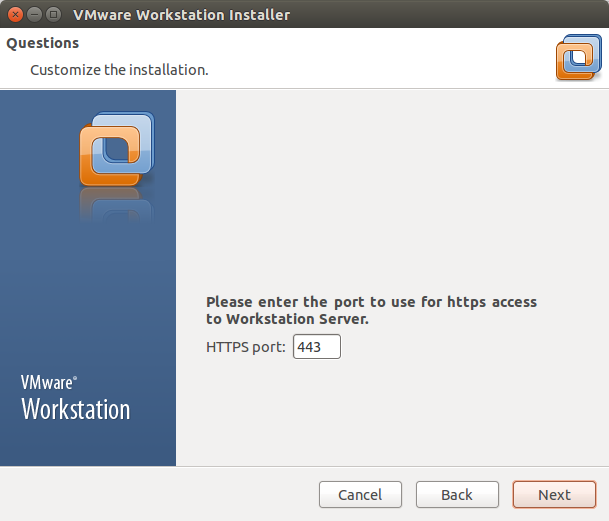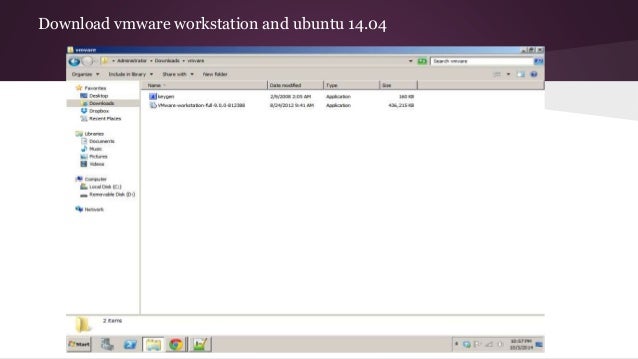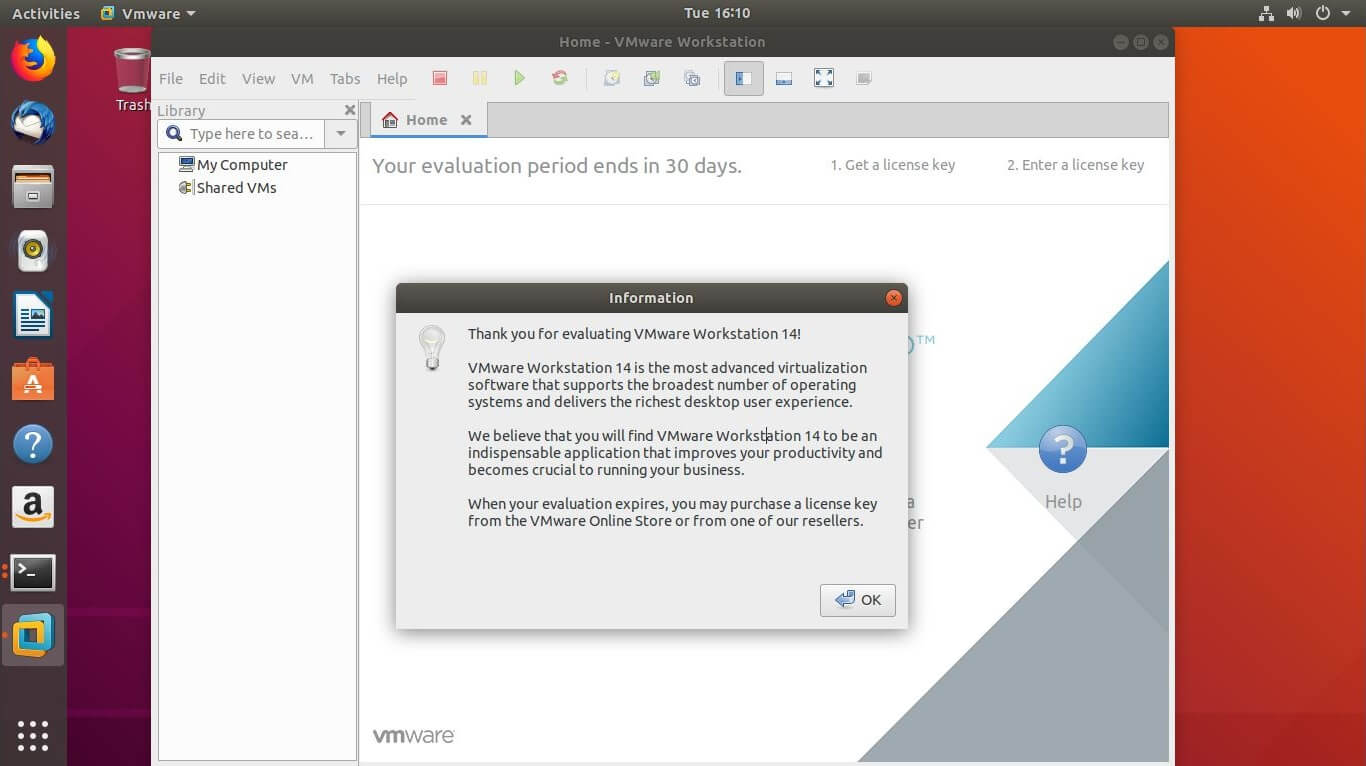

- #Ubuntu 14.04 vmware workstation 10 install
- #Ubuntu 14.04 vmware workstation 10 driver
- #Ubuntu 14.04 vmware workstation 10 upgrade

#Ubuntu 14.04 vmware workstation 10 upgrade
What is the problem? I checked the versions of Gnome 3 before and after the upgrade from Ubuntu 13.10 (Sauncy) to Ubuntu 14.04 (Trusty), they are the same, I have been happily running Ubuntu 13.10 (Sauncy) as a guest operating system and using it in VMWare Unity mode for a quite while, well, until I upgrade it to Ubuntu 14.04 (Trusty).
#Ubuntu 14.04 vmware workstation 10 install
Sudo apt-get update sudo apt-get install gnome-session-fallback To install Gnome 3, you may issue command below, Therefore, the solution is to install Gnome 3 and to use Gnome 3. On Ubuntu 13.10 (Saucy), I found that Gnome 3 works with the VMWare Unity mode. Since VMWare cannot switch to Unity mode is a result that VMWare does not like Ubuntu's default desktop environment called Ubuntu Unity, the solution becomes to find a Desktop Environment that VMWare can work with. It could be confusing that the Ubuntu Unity desktop environment and the VMWare Unity mode share the same word "Unity", and it has created a difficulty for us who try to find an answer on the web since depending on what search terms you enter, web searches can give you answers related to both and it becomes a diffcult task to find a solution that may help you. It turns out that VMWare does not like Ubuntu's default desktop environment called Ubuntu Unity. However, you will find that you cannot switch to VMWare Unity mode once you install the most recent release of Ubuntu including Ubuntu 14.04 (Trusty) and its predecessor (Ubuntu 13.10 or Saucy). I would just really appreciate some assistance in narrowing down what the issue is.Unity mode is a nice feature of VMWare's virtualization software.

If there are any other file contents that you need, please let me know.
#Ubuntu 14.04 vmware workstation 10 driver
Ii nvidia-settings 331.20-0ubuntu8 amd64 Tool for configuring the NVIDIA graphics driver Ii nvidia-modprobe 340.24-1~ubuntu14.04.1 amd64 utility to load NVIDIA kernel modules and create device nodes Ii nvidia-libopencl1-304 304.125-0ubuntu0.0.2 amd64 NVIDIA OpenCL Driver and ICD Loader library Ii nvidia-current 304.125-0ubuntu0.0.2 amd64 Transitional package for nvidia-current Ii nvidia-common 1:0.2.91.11 amd64 transitional package for ubuntu-drivers-common # nvidia-xconfig: X configuration file generated by nvidia-xconfig Now, I have an X server running on :0 (I have xinit, and it should be running cat /etc/X11/nf

Xlib: extension "NV-GLX" missing on display ":1". Invalid MIT-MAGIC-COOKIE-1 keyError: unable to open display glxinfo -display :1 I am not sure of any way to tell if the nvidia driver is actually in use or not, which is a little challenging. Tried configuring nvidia-xconfig with flags that allow for damange, randr, etc. Tried whitelisting in ~/.vmware/preferences I did some research on google, and forums, but didn't really come across anything specific. I would e-mail RealVNC support, but I feel bad because I have been e-mailing them about a lot of issues lately, and was hoping to try to find an alternative way of looking into it. However, I am running into problems and am not entirely sure it is possible. My main reason for doing this, is that whenever I start VMware Workstation 11.1.2 (in a VNC Display session) I get notifications how 3D Acceleration or 3D capabilities from the host are not supported. I am trying to configure Xubuntu 14.04 to allow for RealVNC (5.3.2) connections with Nvidia extensions in X.


 0 kommentar(er)
0 kommentar(er)
